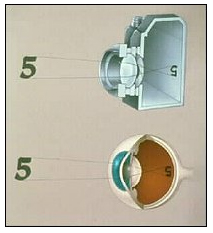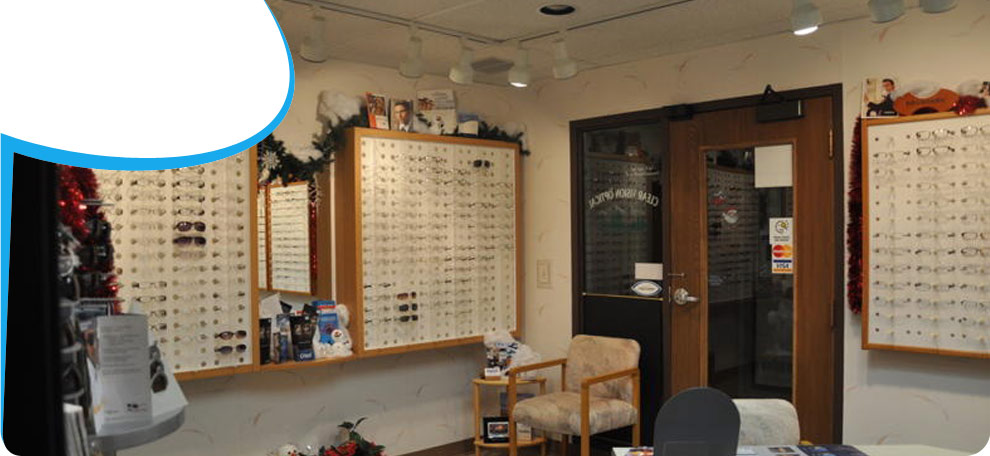Methods to reduce dependence on glasses/contact lenses have existed for many years. New surgical techniques usually involve the use of the excimer laser, which is providing improved uncorrected vision and better lives for many millions of people.
If you are nearsighted (myopic), farsighted (hyperopic) and/or have astigmatism, excimer laser treatment may be an option for you rather than glasses or contact lenses.
If you already understand your vision problem, and want to learn about excimer laser correction options, please go directly to Laser Vision Correction.
Understanding how light enters and is focused by the eye permits a better explanation of how excimer laser vision correction works. Knowing how your particular vision problems can be corrected allows you to consider appropriate and safer alternatives!
Light rays entering the eye from more than twenty feet away are considered to be neither diverging or converging but parallel to each other. In the normal eye without refractive problems (a need for a lens to see in the distance) these parallel light rays strike the air/tear interface on the surface of the window or cornea of the eye where they begin to be focused.
 About 60% of the necessary focusing or bending of light rays occurs at this air/tear interface. After passing through the cornea or clear window of the eye, light rays proceed through the pupil of the eye then through the lens of the eye (which does the remaining 30-40% focusing of light rays) to focus on the retina at the back of the eye. The retina converts the focused light image to nerve impulses which are transmitted to an area, called the occipital lobe, in the brain in order to provide vision.
About 60% of the necessary focusing or bending of light rays occurs at this air/tear interface. After passing through the cornea or clear window of the eye, light rays proceed through the pupil of the eye then through the lens of the eye (which does the remaining 30-40% focusing of light rays) to focus on the retina at the back of the eye. The retina converts the focused light image to nerve impulses which are transmitted to an area, called the occipital lobe, in the brain in order to provide vision.
The eye can be likened to a camera as in the graphic on the left. As the camera must place the image of the number 5 on the film, so too, the eye must place the image in focus on the retina.
Problems occurring because light rays are not properly focused on the retina of the eye are called refractive problems. These refractive problems are most commonly: Myopia (nearsightedness); Hyperopia (farsightedness); Presbyopia; and Astigmatism.
Astigmatism alone may be present or it may be present with any of the other refractive problems of myopia, hyperopia, and presbyopia.
For Information about:
CALL TODAY: 262-338-0505 for an appointment!
Or use our online form: REQUEST AN APPOINTMENT




